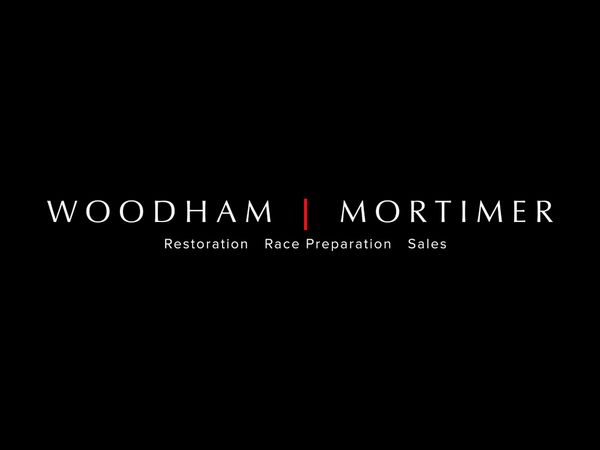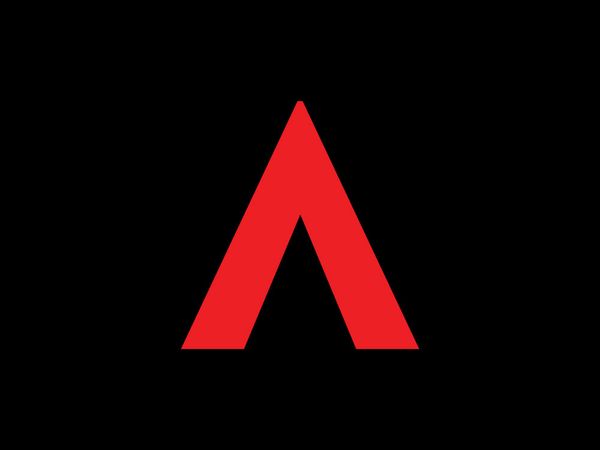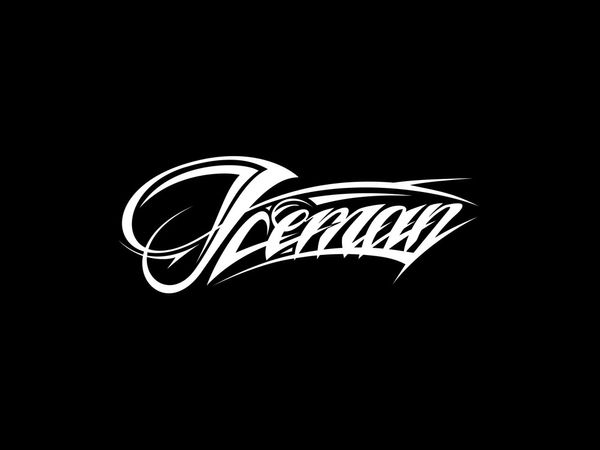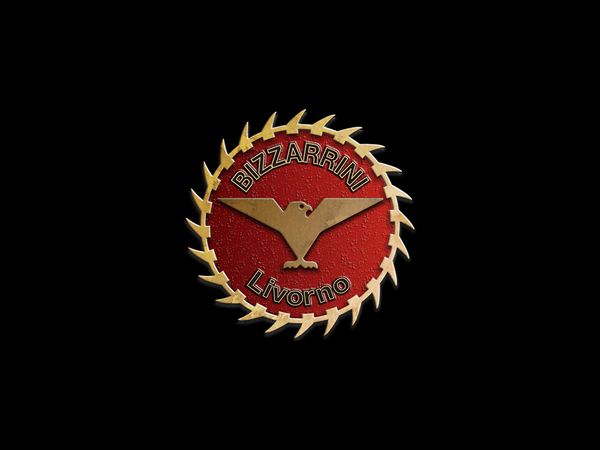The GP2 and GP3 Series return to action this weekend at the classic Spa-Francorchamps circuit in Belgium, following the three-week summer break. The P Zero Orange hard and P Zero Yellow soft tyres will be used in GP2, while the medium is the sole compound nominated for GP3.
Many drivers consider Spa to be their favourite circuit on the calendar because of the unique challenge offered by its flowing layout, exhilarating compressions and fast corners. These same characteristics make it demanding for tyres too, subjecting them to extreme high-energy forces.
The notably changeable weather often plays a major part in the Spa race weekend, with rain coming frequently, but sometimes falling over only part of the season’s longest lap. A high incidence of safety cars also adds to the strategic challenge of the Spa-Francorchamps race: a famed venue where it’s almost impossible to find a perfect set-up.
Pirelli’s racing manager says:
Mario Isola: “After the summer break, the young drivers in GP2 and GP3 face one of the most challenging circuits at Spa. The different types of corners, lots of elevation changes and long straights, it offers a varied test for the tyres as well as the drivers. The weather can be a further test of driving ability and also of the teams and their decision making. Unusually, the race weekend is currently forecast to be warm and dry, but you always have to be prepared for anything at Spa. High temperatures, causing thermal degradation, will increase the need for good tyre management. As the lap is very long at seven kilometres though, the drivers have relatively little time to prepare for the race. There’s plenty of scope for overtaking, which increases the possibilities for strategy.”
The challenge for the tyres:
Long and fast corners, such as Pouhon, place large lateral forces on the tyres. The elevation changes, most notable at the famous Eau Rouge, create vertical forces. There are also braking and traction forces at the end of the long straights and out of the slower corners.
Set-up is always a compromise between keeping drag low for maximum speed on the straights and high downforce to aid cornering speeds. The amount of downforce on the car affects the forces applied to the tyres, and how much the driver is relying on mechanical grip over aerodynamic grip through the corners.
The weather can change quickly and be very different at different parts of the circuit, making it extremely hard to predict the right tyre to be on at any one moment.
The race and the rules:
GP2
Every car will have five sets of dry tyres and three sets of wet weather tyres available for the GP2 race weekend. The five sets of dry tyres comprise three sets of the hard compound and two sets of the soft compound.
The drivers can use their tyre allocation in any way they like, but at least one set of each compound must be used in the feature race (unless it is a wet race). One set of the harder compound must be returned after free practice.
Qualifying takes place at 15:55 on Friday, after practice at 12:00. The feature race on Saturday at 15:40 lasts 25 laps and each driver must complete one compulsory pit stop. This cannot take place within the first six laps. Unlike Formula 1, the drivers do not have to start the race using the tyres they qualified on.
The grid for the sprint race on Sunday at 10:25 is determined by the finishing order of the first race, with the top eight positions reversed. It is run over 18 laps, with no compulsory pit stops.
GP3
Every car will have three sets of dry tyres and two sets of wet weather tyres available for the GP3 race weekend. Only one compound is nominated: medium for this weekend. The drivers can use the tyre allocation in any way they like.
Drivers are allowed to carry over one tyre set from the previous round for use in free practice only. This will be the soft tyre from Hockenheim.
GP3 qualifying takes place at 09:45 on Saturday morning, after a single free practice session on Friday at 17:50. Race One starts at 17:15 on Saturday and lasts for 17 laps, followed by Race Two at 09:15 on Sunday (lasting 13 laps). The grid for Race Two is determined by the finishing order of the first race, with the top eight positions reversed.



























